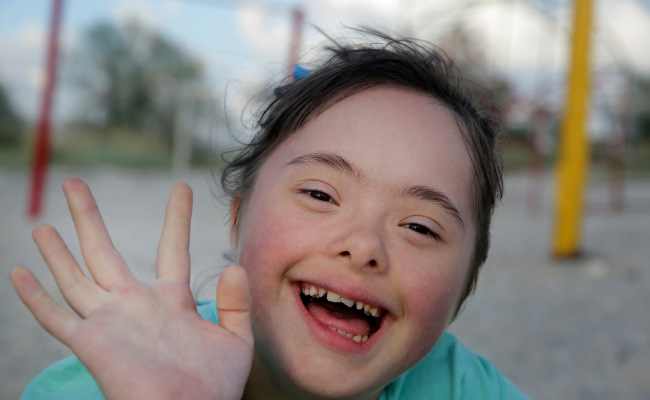How to Treat Tay Sachs Disease?
- October 16, 2023
- No Comments
What is Tay-Sachs Disease?
Tay-Sachs disease, a rare genetic disorder primarily affecting the nervous system, arises from the deficiency of hexosaminidase A (Hex-A) enzyme. This deficiency causes the accumulation of GM2 ganglioside, a fatty substance, in the brain's nerve cells. This progressive accumulation leads to severe neurological problems. In infants with Tay-Sachs, the lack of hexosaminidase A, a vital protein for cellular chemical reactions, results in the buildup of a fatty substance in the nerve cells of the brain and spinal cord.
Why Does Tay-Sachs Disease Occur?
Tay-Sachs disease is an autosomal recessive genetic disorder, meaning that both parents must carry a defective gene for the condition to manifest in their child. The faulty gene responsible for Tay-Sachs is located on chromosome 15, and when both parents carry a copy of the defective gene, there is a 25% chance that each of their children will inherit the disorder.
How is Tay-Sachs Disease Treated?
As of now, there is no cure for Tay-Sachs disease, and treatment primarily focuses on managing symptoms and improving the quality of life. The approach to treating Tay-Sachs involves various aspects:
- Supportive Care: Individuals with Tay-Sachs disease often require supportive care to address the symptoms. This may include physical and occupational therapy to maintain mobility and function.
- Seizure Management: Seizures are common in individuals with Tay-Sachs disease. Medications may be prescribed to manage and control seizures.
- Nutritional Support: Since Tay-Sachs affects the nervous system, nutritional support becomes crucial. Feeding tubes may be necessary to ensure proper nutrition.
- Respiratory Support: As the disease progresses, respiratory function may be compromised. Respiratory support, including the use of ventilators, may be required.
Treatment Solutions for Tay-Sachs Disease:
- Palliative Care: Tay-Sachs is a progressive and ultimately fatal disease. Palliative care focuses on improving the quality of life by managing symptoms and providing emotional support to both the individual and their family.
- Genetic Counseling: Genetic counseling is an essential component for families at risk of carrying the Tay-Sachs gene. It helps individuals understand the risk of passing the disorder to their children and explore options for family planning.
- Research and Clinical Trials: Ongoing research and clinical trials aim to find potential treatments or interventions for Tay-Sachs disease. Participation in clinical trials may offer some individuals access to experimental treatments.
Benefit Points of Treating Tay-Sachs Disease:
- Symptom Management: While there is no cure, treatment strategies focus on managing symptoms, improving comfort, and maintaining the individual's well-being.
- Quality of Life Improvement: Supportive care, therapy, and nutritional support aim to enhance the overall quality of life for individuals with Tay-Sachs and their families.
- Family Planning Guidance: Genetic counseling provides families with information to make informed decisions about family planning, reducing the risk of passing the disorder to future generations.
- Contribution to Research: Participation in clinical trials not only provides potential access to new treatments but also contributes to advancing scientific knowledge about Tay-Sachs disease.
- Emotional and Psychological Support: Tay-Sachs disease can be emotionally challenging for both individuals and their families. Supportive care includes emotional and psychological support to help cope with the impact of the disease.









Comments (0)
No comments yet